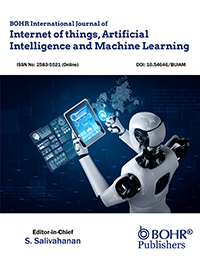A review of deep learning for facial aging
Main Article Content
Abstract
This paper reviews the application and prospect of deep learning in the study of facial aging. Population aging has become one of the prominent social problems in China. Facial aging is not only the main aspect of biomedical research but also plays an important role in the field of social life. The development of deep learning technology provides new methods and tools for the study of facial aging. The study of facial aging mainly includes two aspects: age estimation and aging synthesis. Age estimation predicts the real age of a human face by extracting facial features and establishing a model, while aging synthesis generates an image that simulates the change of the human face over time. Deep learning models, particularly Convolutional Neural Networks (CNNs) and Generative Adversarial Networks (GANs), have exhibited robust performance in both computational tasks and strong potential in age-related pattern extraction and temporal facial transformation modeling. Although deep learning has achieved remarkable results in the study of facial aging, it still faces some challenges, such as the difficulty of obtaining data, the irreversibility of the aging process, and individual differences. In the future, we may need to continue to optimize the algorithm to improve the generalization ability and accuracy of the model, while considering personalized features. The continuous progress and innovation of deep learning technology will bring more possibilities to the research of facial aging and help to solve the challenges brought by the aging of the population.
Downloads
Article Details

This work is licensed under a Creative Commons Attribution 4.0 International License.
Authors retain copyright and grant the journal right of first publication with the work simultaneously licensed under a Creative Commons Attribution 4.0 International License that allows others to share the work with an acknowledgment of the work’s authorship and initial publication in this journal.
This has been implemented from Jan 2024 onwards